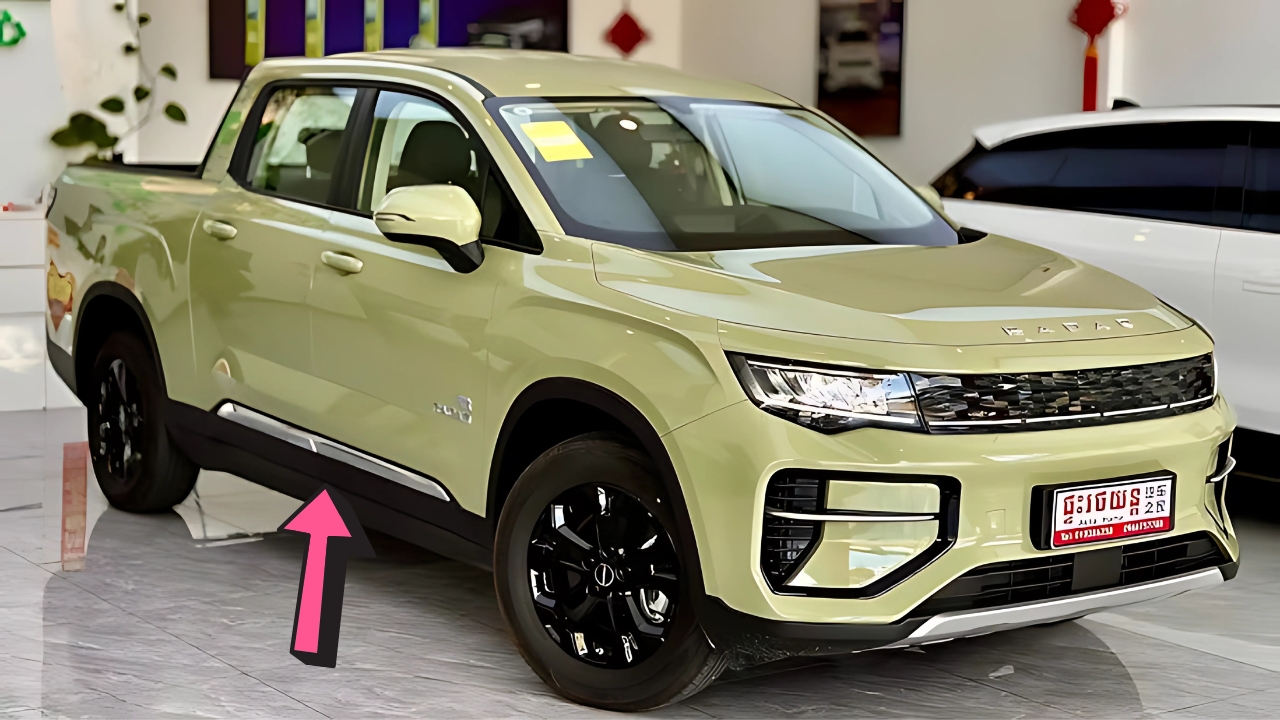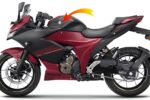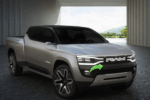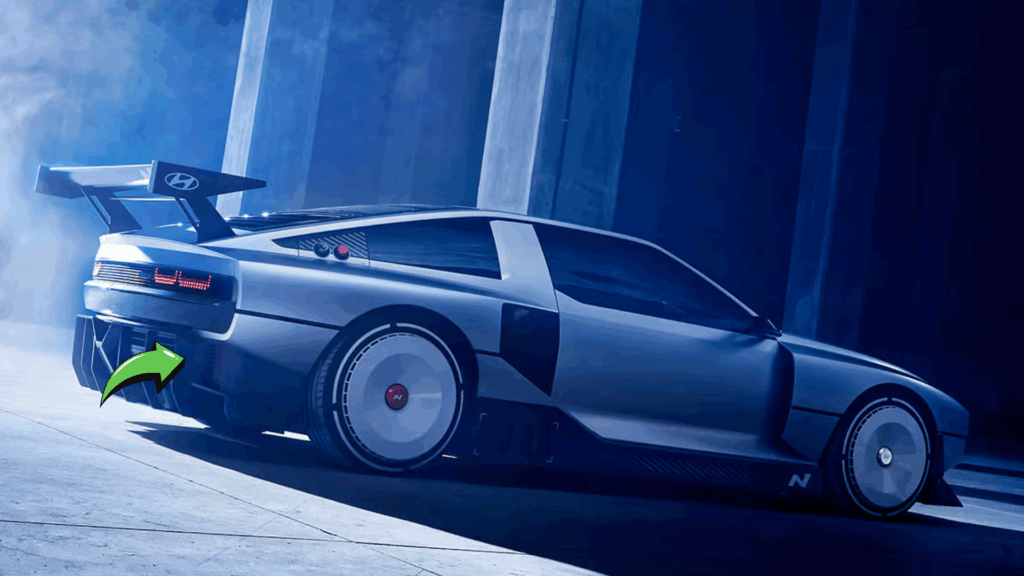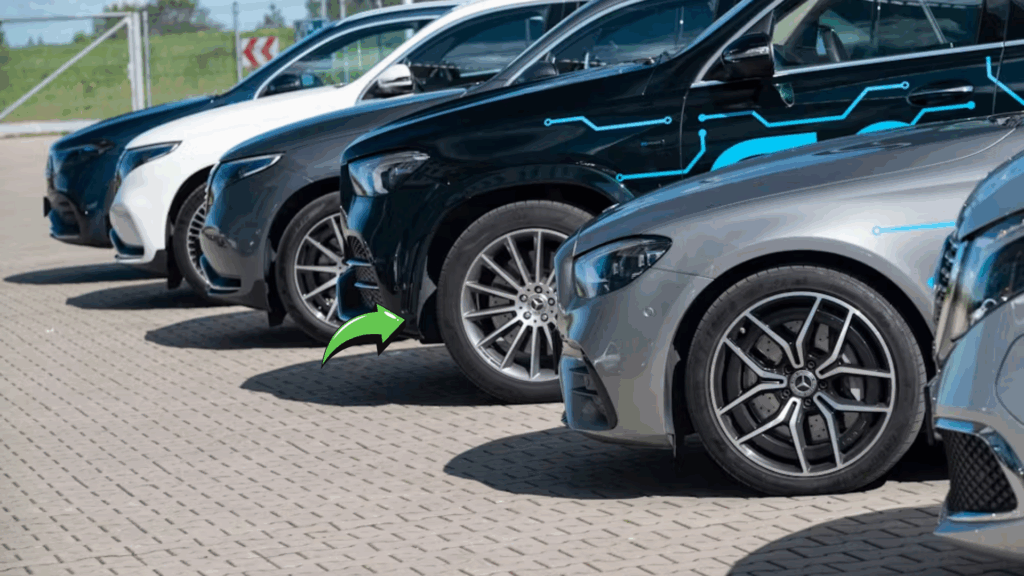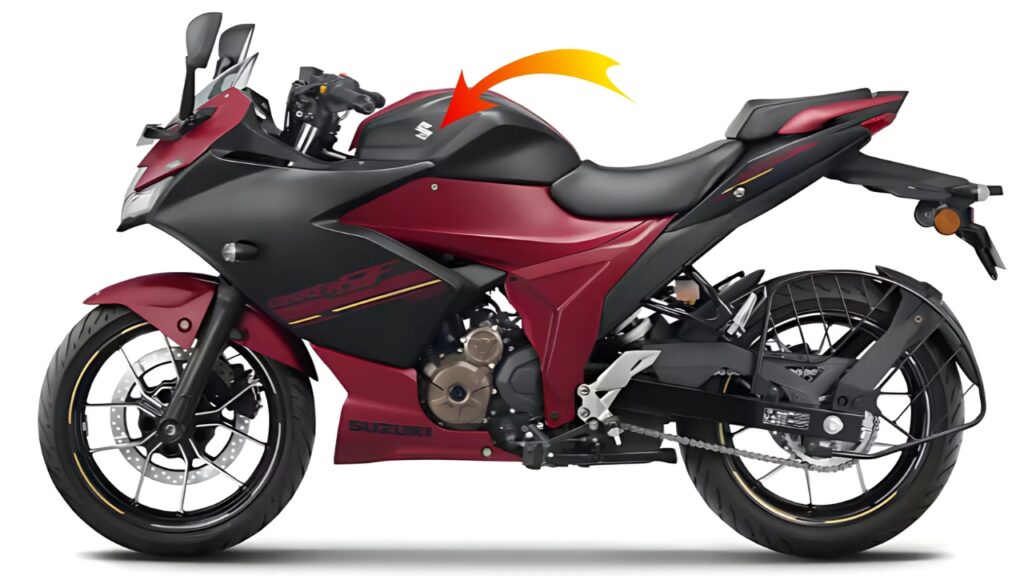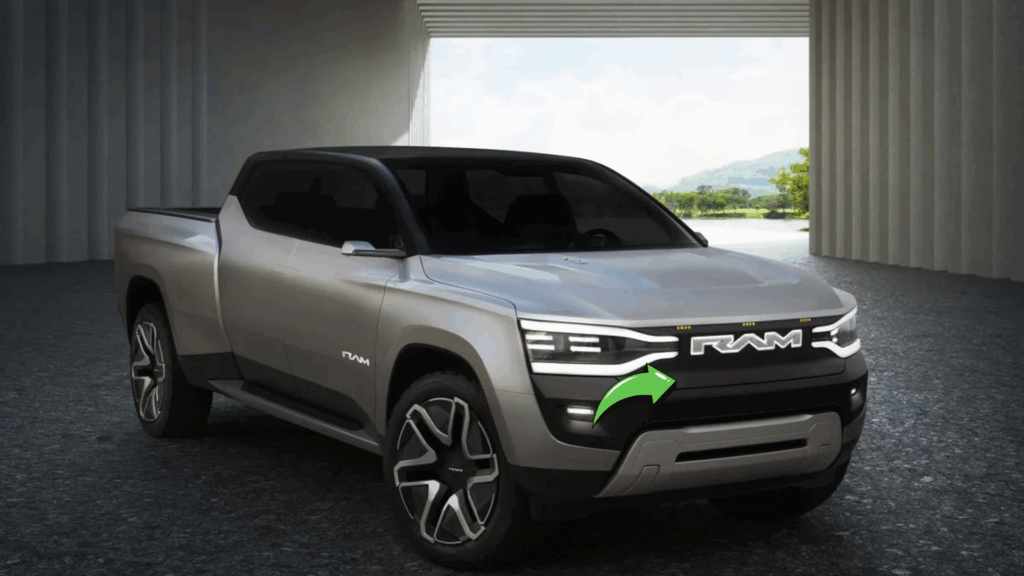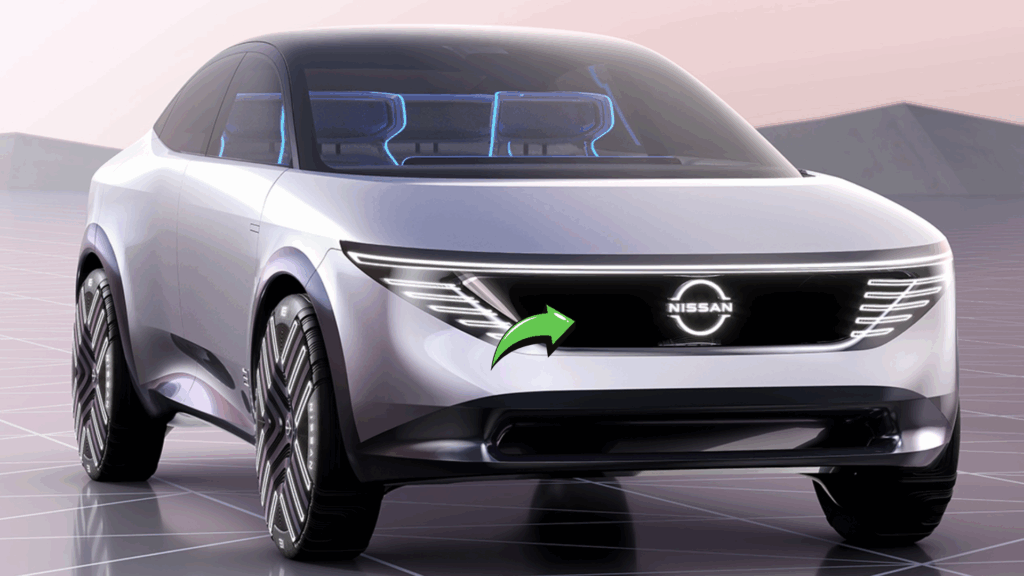Geely Radar RD6: In an automotive landscape increasingly dominated by electrification, the Geely Radar RD6 emerges as a compelling testament to how traditional utility and forward-thinking technology can coexist harmoniously.
This groundbreaking pickup truck from Chinese automotive giant Geely doesn’t just dip its toes into the electrified waters—it dives in headfirst while keeping one hand firmly grasped on the practical requirements that have defined the pickup segment for decades.
Table of Contents
Pioneering a New Segment: The Electric Lifestyle Pickup
The Radar RD6 represents a bold statement in a market where electric pickups are still finding their footing.
Unlike many competitors that aim for the ultra-premium segment with stratospheric price tags, Geely has positioned the RD6 as an attainable entry point into the world of electrified trucks.
This strategic move addresses a crucial gap in the current market—providing an option for consumers who desire the utility of a pickup coupled with environmental consciousness, without the luxury tax.
The RD6’s design language speaks volumes about its intended purpose. It doesn’t scream “look at me” with cyberpunk aesthetics or over-the-top futurism.
Instead, it presents a thoughtfully modernized interpretation of what a pickup truck should be. The front fascia features a closed-off grille—a hallmark of electric vehicles—but maintains proportions that respect traditional truck design cues.
LED lighting elements stretch across the front, creating a distinctive signature without venturing into ostentatious territory.
Technical Prowess: The Dual-Heart System
What truly sets the Radar RD6 apart from the growing crowd of electric pickups is its innovative dual-propulsion system.
The vehicle comes in two distinct flavors: a pure battery electric vehicle (BEV) configuration and a plug-in hybrid electric vehicle (PHEV) variant.
This dual approach demonstrates Geely’s pragmatic understanding that different drivers have different needs, and the transition to electrification isn’t a one-size-fits-all journey.
The BEV version delivers impressive specifications that challenge preconceived notions about electric vehicle capability.
With a targeted range exceeding 400 kilometers (approximately 250 miles) on a single charge, the RD6 alleviates the range anxiety that has historically plagued electric vehicle adoption.
The electric powertrain generates a robust 200 kW (approximately 268 horsepower) and 383 Nm (282 lb-ft) of torque—figures that ensure the truck maintains the capability expected of the segment.
Meanwhile, the PHEV variant serves as a brilliant transitional option for those not quite ready to go fully electric.
This configuration combines a 1.5-liter turbocharged gasoline engine with an electric motor, creating a combined output of 240 kW (approximately 322 horsepower).
The system allows for approximately 100 kilometers (62 miles) of pure electric driving—sufficient for daily commutes—while providing the security of gasoline propulsion for longer journeys. This hybrid approach effectively eliminates range anxiety without compromising on the environmental benefits of electric driving for most daily use cases.
Practical Innovation: Redefining Utility
While electrification forms the technological backbone of the RD6, Geely has been careful not to sacrifice the fundamental utility that defines pickup trucks.
The vehicle boasts a payload capacity exceeding 1,000 kilograms (2,200 pounds) and can tow up to 2,000 kilograms (4,400 pounds)—specifications that ensure it remains a genuinely useful workhorse rather than merely a lifestyle statement.
The bed itself measures 1.4 meters (4.6 feet) in length, which, while not class-leading, offers sufficient space for most recreational and light work applications.
What’s particularly innovative is the incorporation of a frunk (front trunk) storage space where a traditional engine would normally reside in the BEV variant.
This additional storage area provides secure, weatherproof storage for valuable items—a practical advantage that traditional pickup trucks simply cannot match.
Geely has also reimagined how electricity can enhance the pickup experience through the inclusion of multiple power outlets in the bed.
These 220V outlets effectively transform the RD6 into a mobile power station, capable of running everything from power tools at a worksite to camping equipment during outdoor adventures.
This feature highlights how electrification can enhance, rather than detract from, a vehicle’s utility.
Interior: Where Digital Meets Practical
Stepping inside the RD6 reveals an interior that balances technological sophistication with practical durability. The dashboard is dominated by a 12.3-inch digital instrument cluster and a 12.8-inch central touchscreen that runs Geely’s latest infotainment system.
The interface provides not only the expected entertainment and navigation functions but also specialized features tailored to pickup users, including off-road navigation and payload management systems.
Materials throughout the cabin strike a careful balance between durability and refinement.
Surfaces that are likely to see frequent contact or potential damage utilize robust, easily cleaned materials, while touch points like the steering wheel and door armrests feature more premium textures.
This thoughtful material selection acknowledges the dual nature of modern pickup usage—where the same vehicle might transport construction materials during the week and the family to a restaurant on the weekend.
The rear seating area offers genuine comfort for adult passengers, with attention paid to details like charging ports and adequate storage options.
Unlike some competitors that treat rear passengers as an afterthought, the RD6 provides a legitimately comfortable space for all occupants.
Market Positioning: Disrupting the Establishment
Geely’s approach to pricing the Radar RD6 represents perhaps its most disruptive aspect.
With the BEV variant starting at approximately $45,000 and the PHEV version at $42,000 (before incentives), the RD6 undercuts many established players in the electric pickup segment by tens of thousands of dollars.
This aggressive pricing strategy positions the vehicle not as a premium outlier but as a legitimate alternative to conventional mid-range pickups.
This pricing structure is particularly significant given the vehicle’s feature set and capabilities. It challenges the notion that electrified vehicles must necessarily command a substantial premium over their internal combustion counterparts.
By making the RD6 financially accessible to mainstream truck buyers, Geely has removed a significant barrier to electrification in this segment.
Global Ambitions: Beyond the Home Market
While initially launched in China, Geely has made no secret of its global aspirations for the Radar brand and the RD6 in particular.
The company has already begun the certification process for several international markets, with North America, Europe, and Australia among the targeted regions.
This global expansion strategy represents a significant step for Chinese automotive manufacturers, who have historically struggled to gain acceptance in Western markets.
The RD6, with its compelling blend of practicality, technology, and value, could potentially serve as a watershed moment for Chinese vehicles in these traditionally challenging markets.
Geely’s approach differs from previous attempts by Chinese manufacturers to enter Western markets.
Rather than competing solely on price at the expense of quality, the company is positioning the RD6 as a genuinely competitive product that happens to offer excellent value. This strategy acknowledges that Western consumers demand both quality and value—not just the latter.
Environmental Credentials: Beyond Zero Emissions
The environmental benefits of the Radar RD6 extend beyond its electric propulsion system.
Geely has incorporated sustainable materials throughout the vehicle, including recycled plastics in non-structural components and sustainably sourced wood trims in higher-specification models.
The manufacturing process itself has been designed with sustainability in mind.
The dedicated production facility for the RD6 utilizes renewable energy sources for a significant portion of its power requirements, and water recycling systems minimize the environmental impact of production.
These holistic environmental considerations demonstrate that Geely understands that true sustainability goes beyond tailpipe emissions.
It requires a comprehensive approach that encompasses the entire lifecycle of the vehicle from production to eventual recycling.
Redefining Expectations
The Geely Radar RD6 represents a significant milestone in the evolution of pickup trucks.
By successfully marrying the practical utility that has defined the segment with forward-thinking electrification, Geely has created a vehicle that doesn’t force consumers to choose between capability and environmental consciousness.
The dual approach of offering both BEV and PHEV variants demonstrates a nuanced understanding of the current market reality—that different consumers have different needs and comfort levels when it comes to electrification.
This strategy may well prove more effective at accelerating the transition to sustainable transportation than a purist approach that offers only fully electric options.
As the automotive industry continues its inexorable march toward electrification, the Radar RD6 offers a compelling template for how traditional vehicle segments can be reimagined for the electric age. It suggests a future where electric vehicles aren’t just alternatives to conventional options but superior replacements that enhance rather than compromise the core attributes that consumers value.
With its blend of practical utility, technological innovation, and accessible pricing, the Geely Radar RD6 doesn’t just participate in the conversation about the future of pickup trucks—it helps define it.
Whether this particular model succeeds in Western markets or not, its approach represents a significant step forward in the evolution of one of the most conservative vehicle segments. The electric pickup has arrived, and it doesn’t require any compromise.
